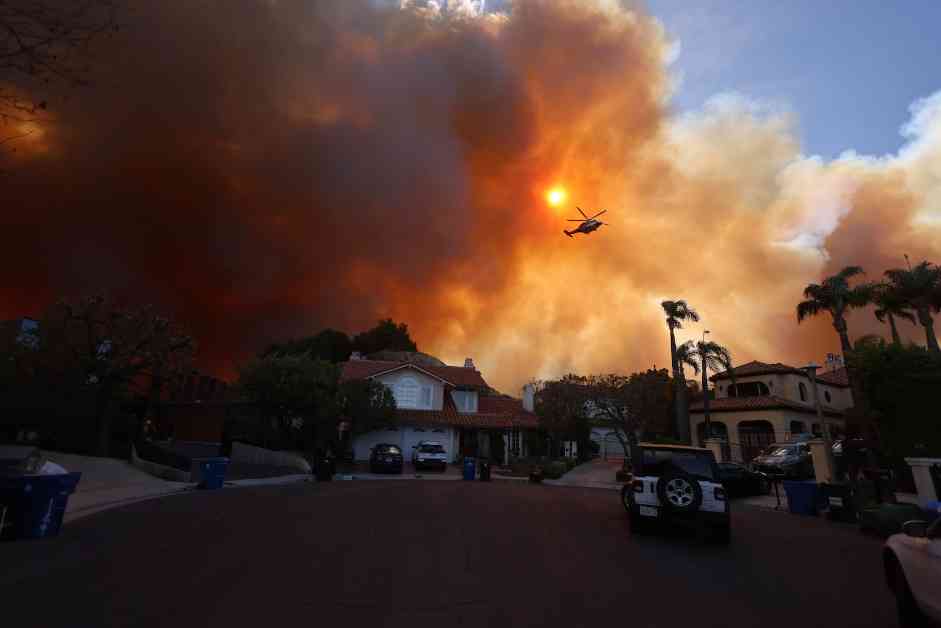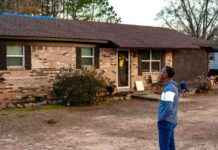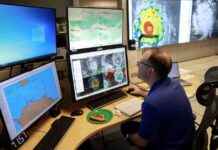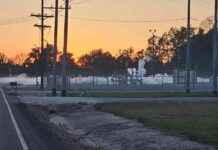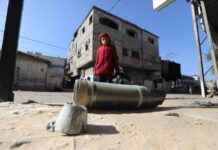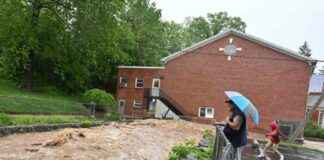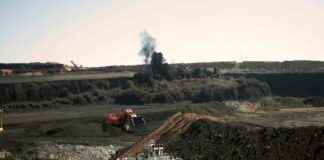Los Angeles Wildfires in January: A Devastating Inferno
Harel Dor and Finn O’Brien were just finishing up dinner at a restaurant in Pasadena, California on Tuesday evening when a friend texted them about an evacuation warning. A severe windstorm had spread what became the Eaton fire to the hills behind their home. “Driving back up the house, it was already feeling apocalyptic, with downed trees and visibility getting worse,” Dor said. As the couple returned to the house to evacuate their two cats, they could see the flames in the distance. Dor, who works nearby at NASA’s Jet Propulsion Laboratory, says while some coworkers have lost their homes, they don’t know if their apartment has survived the blaze.
The hills around Los Angeles have become an inferno. Days after forecasters warned of dangerous fire weather conditions, twin blazes – driven by 100 mile per hour winds – began raging across some of Southern California’s most expensive neighborhoods, sending thousands of residents fleeing and threatening historic sites. Within five hours on Wednesday morning, both the Palisades Fire east of Santa Monica and the Eaton Fire across Pasadena exploded from 2,000 acres to over 10,000. So far, two people have been confirmed dead, and more than 1,000 structures have burned, potentially making the Palisades Fire one of the country’s most destructive.
The Fuel: A Recipe for Disaster
The fires have both immediate and underlying causes. The first ingredient for making such monstrous wildfires is the fuel. In the previous two years, some parts of coastal Southern California experienced their two wettest winters on record, spurring the growth of grass and brush. But now the region has had its driest start of winter on record, which parched that vegetation. The chaparral landscape turned into abundant tinder just waiting to burn.
The Spark: Igniting Catastrophe
The second ingredient is the spark. It will take some time for investigators to determine what set off all these blazes, but where humans tread, wildfires start. It could be a wayward firework, or a chain dragging off the back of a truck on the highway, or arson. California also has a major problem with its electric equipment jostling in the wind, showering sparks into the vegetation below.
The Wind: Fanning the Flames
The third ingredient was high winds. This is Southern California’s prime season for Santa Ana winds, which form in the interior of the western United States. As that warm, dry air moves toward the sea, it drops down mountains, picking up speed. Scientists don’t expect climate change to boost the speed of these Santa Ana winds, though they may get drier and hotter.
Wind-driven wildfires are notoriously difficult to fight, not just because they move so fast but because the winds blow embers ahead of the main wall of the fire, lighting new fires perhaps a mile ahead. So a large, intense fire can spawn smaller blazes that themselves burn out of control, as crews are already stretched thin across the landscape.
The immediate emergency is containing the blazes and getting people to safety. The longer-term challenge is better adapting Los Angeles, and the rest of California, to a future of ever-worsening droughts and wildfires. “People talk about adapting to the climate,” Pincetl said. “We haven’t adapted to the climate we have, let alone the climate that’s coming.”
As the flames continue to ravage Southern California, it’s a stark reminder of the delicate balance between nature and human impact. Let’s reflect on our role in preventing catastrophes like these and take steps to protect our environment for future generations.

